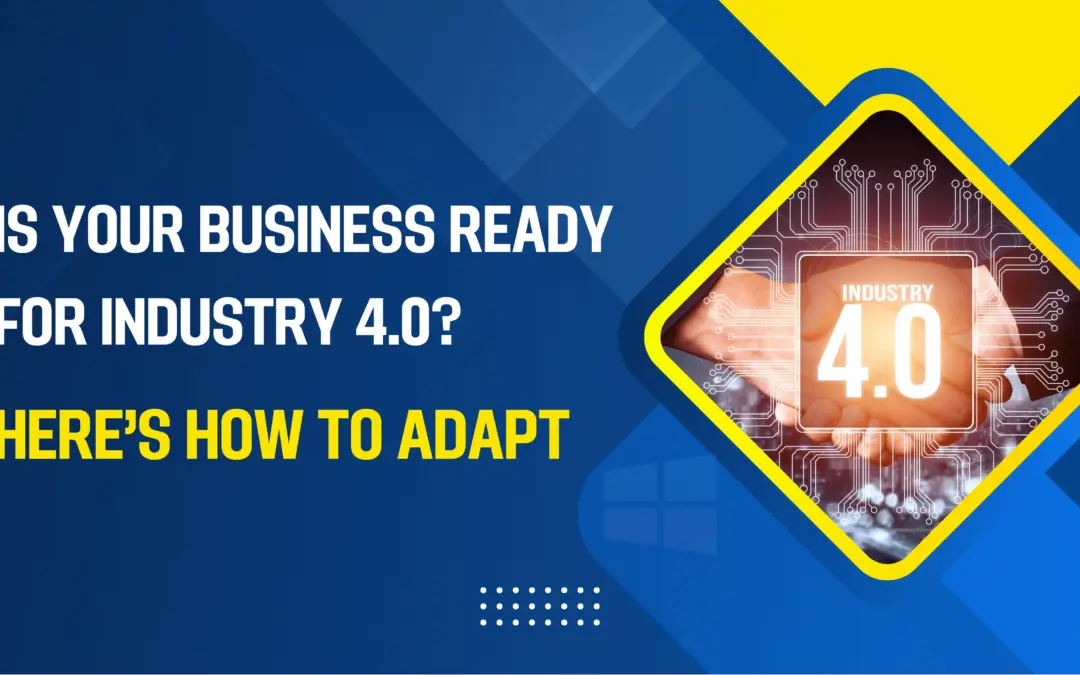Picture this: You wake up, and your bedroom lights gradually brighten to mimic sunrise. Your coffee machine starts brewing automatically, and your thermostat adjusts to the perfect temperature, all before you even get out of bed. This isn’t science fiction; it’s the reality of smart homes today. But what’s even more exciting? These connected technologies are expanding beyond our front doors, shaping entire smart cities across Australia.
So, how exactly is IoT evolving, and what does it mean for our future? Let’s dive in…
From Smart Homes to Connected Communities
Right now, you might use IoT at home for:
- Security: Smart cameras that alert you when someone’s at the door (like Ring or Arlo).
- Energy savings: Smart thermostats (think Google Nest) that learn your schedule.
- Convenience: Voice assistants (Alexa, Google Home) control lights, music, and more.
But imagine if entire neighbourhoods worked this efficiently. We are already seeing glimpses of this future:
- Adelaide’s Smart Traffic Lights: Sensors adjust signals in real time to ease congestion.
- Brisbane’s Smart Bins: Solar-powered trash cans compact waste and notify councils when full.
- Melbourne’s IoT Water Monitors: Detects leaks early, saving millions in water waste.
The shift from smart homes to smart cities means smoother daily life, less traffic, lower bills, and cleaner, safer communities.
Key IoT Trends Shaping Australia’s Future
1. 5G + IoT = Faster, Smarter Connectivity
Remember buffering videos? Now imagine that lag in critical systems—like emergency response or self-driving cars. With 5G rolling out nationwide, IoT devices will react in milliseconds.
Real-world impact:
- Remote health monitoring – Doctors track patient vitals in real time, even from rural areas.
- Precision farming – Soil sensors in regional NSW tell farmers exactly when to water crops.
2. AI & Machine Learning Make IoT Smarter
Your smart speaker today just follows commands. Soon, it’ll predict what you need.
Example:
- A smart traffic system in Sydney could analyze accident data and reroute cars before a jam forms.
3. Sustainability Through Smart Tech
Australia’s climate challenges demand smarter resource use. IoT helps by:
- Optimising energy grids – Solar-powered homes in South Australia feed excess energy back efficiently.
- Monitoring air quality – Sensors in Melbourne track pollution spikes, helping asthma sufferers avoid high-risk areas.
4. Enhanced Security & Privacy Measures
More connected devices mean more hacking risks. The solution? Self-learning security systems that detect threats instantly.
Example:
- A smart home system in Perth could recognise unusual activity (like a hacker trying to unlock your door) and shut it down automatically.
What’s Next? A Fully Connected Australia
The future isn’t just about gadgets—it’s about smarter living. And with tech like AI, 5G, and edge computing, Australia is paving the way.
Kedra Digi is helping build this future. Ready to see how IoT can transform your world? Let’s get started.

